
On Friday, April 11, 2025, the President of the Republic of Ghana and Commander-in-Chief of the Ghana Armed Forces, John Dramani Mahama attended the graduation ceremony of Cadet Officers’ Course 63 at the Ghana Military Academy in Teshie, Accra.
What stood out for many during the event, however, was not just the colorful parade or the proud display of military precision but a particular photo of the president saluting during the playing of the national anthem.
In the image, the President, who was dressed in a full Ghana Navy ceremonial uniform, rendered a salute that sparked debate online.

Some observers took issue with the posture of his hand and the angle of the salute, suggesting that it was “incorrect” or “improper.”
However, as the Dean of the Defence Press Corps tasked with educating the public on civil-military relations, I can affirm without hesitation that the President’s salute was entirely appropriate for the uniform he wore on that day.
What many may not realize is that each branch of the military has its own distinct protocol for saluting, shaped by tradition, function, and culture. In Ghana, as in many Commonwealth and professional armed forces across the world, the Army, Navy, and Air Force all observe slight differences in the way a salute is rendered.
Here’s a brief breakdown:
Ghana Army and Ghana Air Force Salute
• The palm faces outward, and the fingers are straight and together.
• The arm is raised at a 45-degree angle, with the forearm and hand in line.
• This is the more commonly seen salute and often considered the “default” by the public.
 Ghana Navy Salute
Ghana Navy Salute
• The palm faces downward, with the hand nearly horizontal to the ground.
• This form is rooted in naval tradition and reflects historical practices from British naval customs.
• It is designed to reflect discipline and maritime heritage—where dirty hands from ship maintenance once made showing the palm improper.

Therefore, the President, dressed in a Navy uniform, performed a naval salute, which is completely different from what one might see in an Army or Air Force setting.
The style of salute changes based on the uniform of the day, not the individual’s civilian status or role.

In military protocol, precision, symbolism, and respect are paramount. Each gesture especially during formal occasions like the playing of the national anthem—is governed by strict guidelines.
The President, in his capacity as Commander-in-Chief, is entitled to wear any of the Armed Forces’ uniforms during ceremonial functions. When he wears a specific service’s uniform, he is expected to observe that service’s customs, including how to render a salute.

So, for those concerned about the “accuracy” of the President’s salute, the context of the uniform he wore is key. Had he worn an Army or Air Force uniform, the salute would have looked different—and rightly so.
This moment presents an important opportunity to educate the public about the Ghana Armed Forces and their rich traditions. Military customs are not arbitrary they reflect centuries of heritage, discipline, and service.
It is also a reminder that civil-military relations are built not just on mutual respect, but on public understanding. As media professionals and members of the Defence Press Corps, we owe it to the public to provide clarity especially when uniformed protocol is concerned.
So, the next time you see a salute, consider asking not just whether it’s “correct,” but also which branch it represents. Because in the military, every detail tells a story.
The author is a Broadcast Journalist and Dean of the Defence Press Corps.
The post Understanding Military Salutes: Why President Mahama’s salute was absolutely correct first appeared on 3News.
Read Full Story
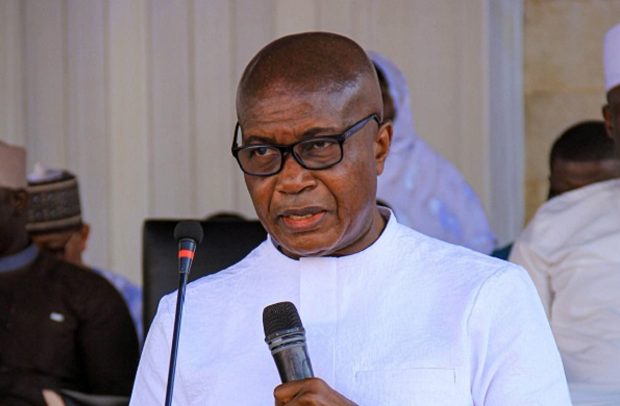
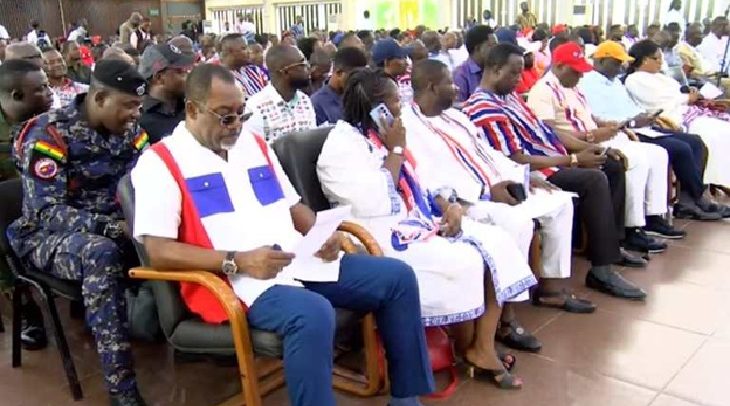

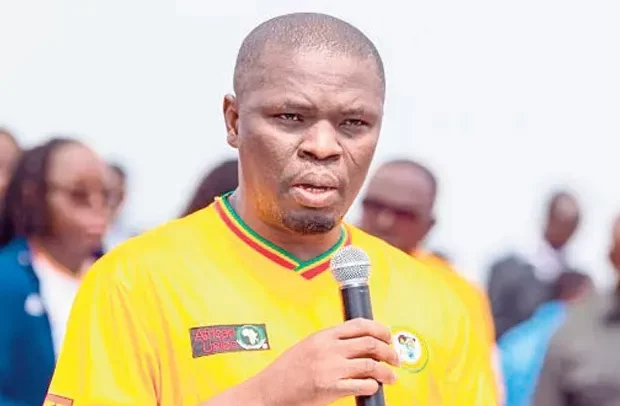



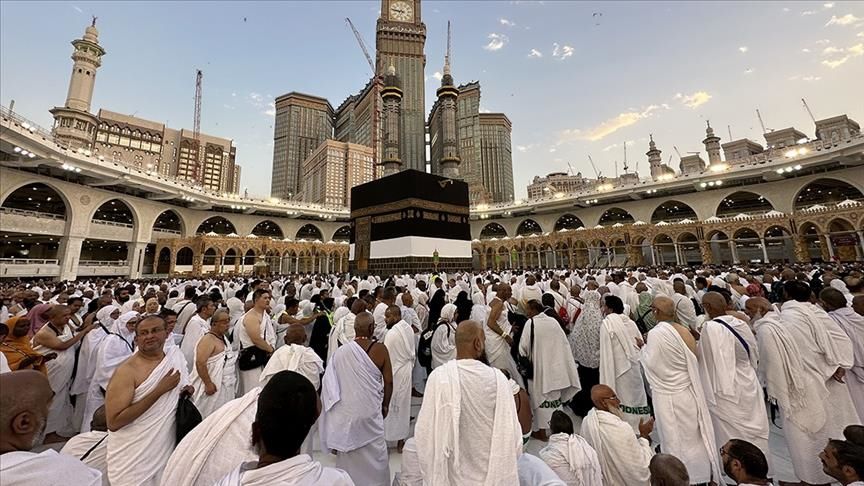

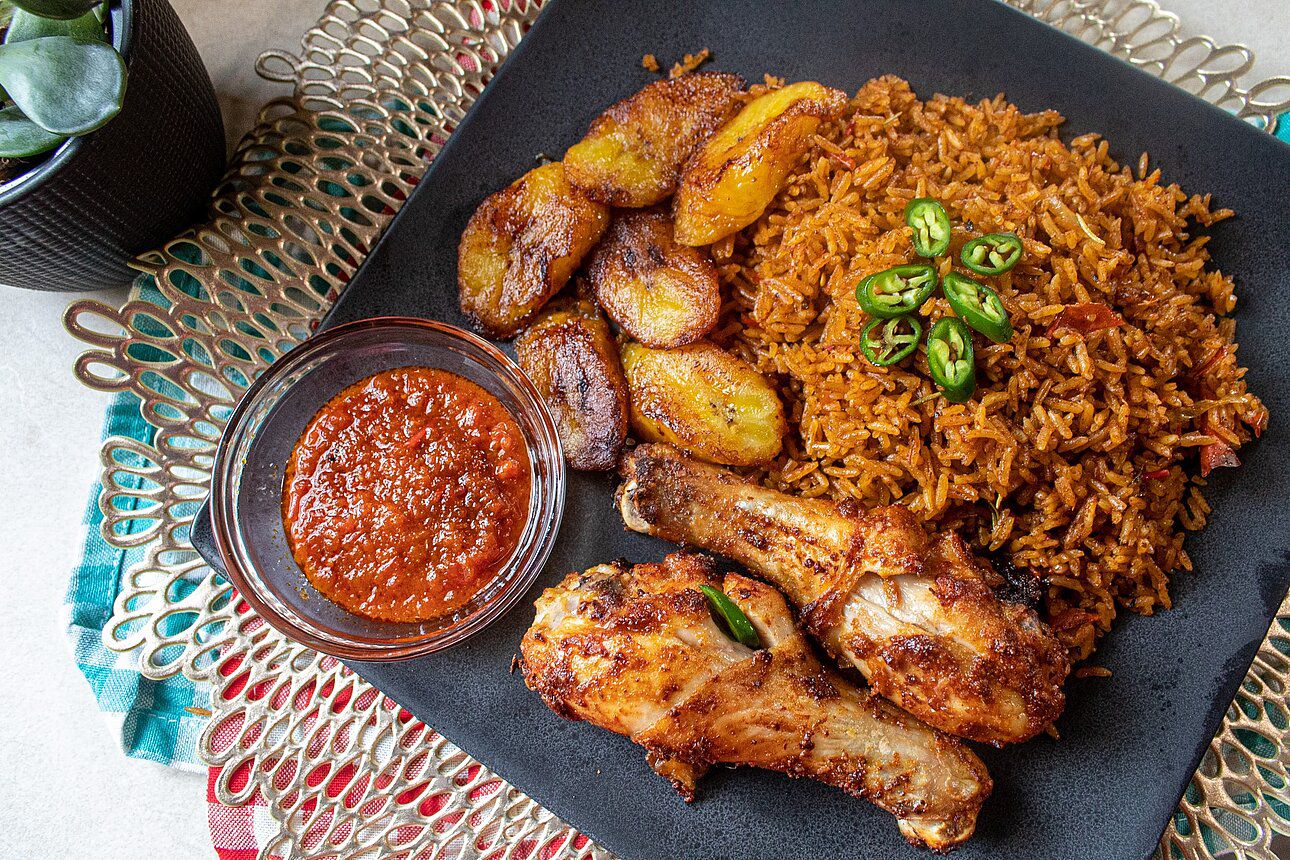
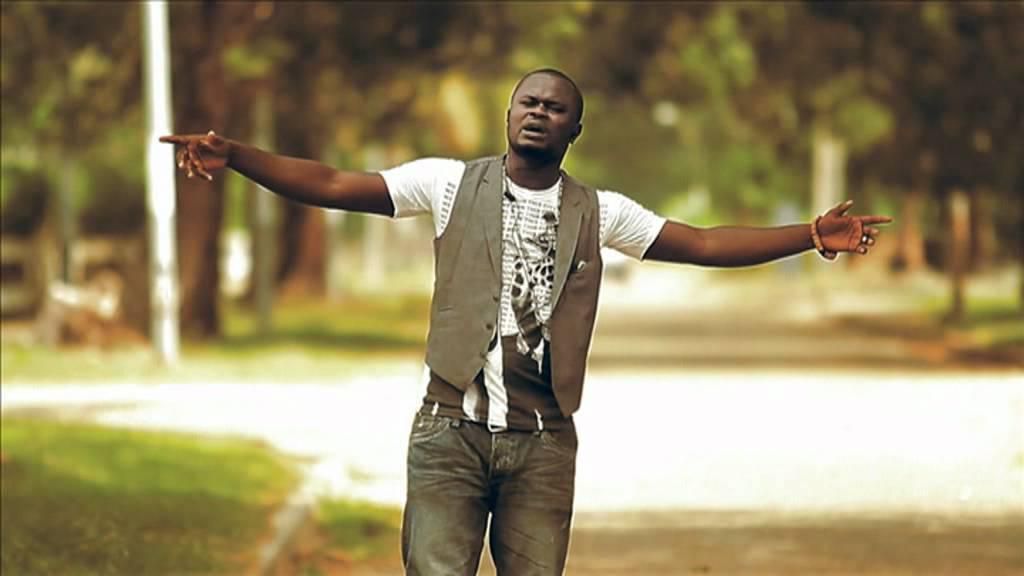

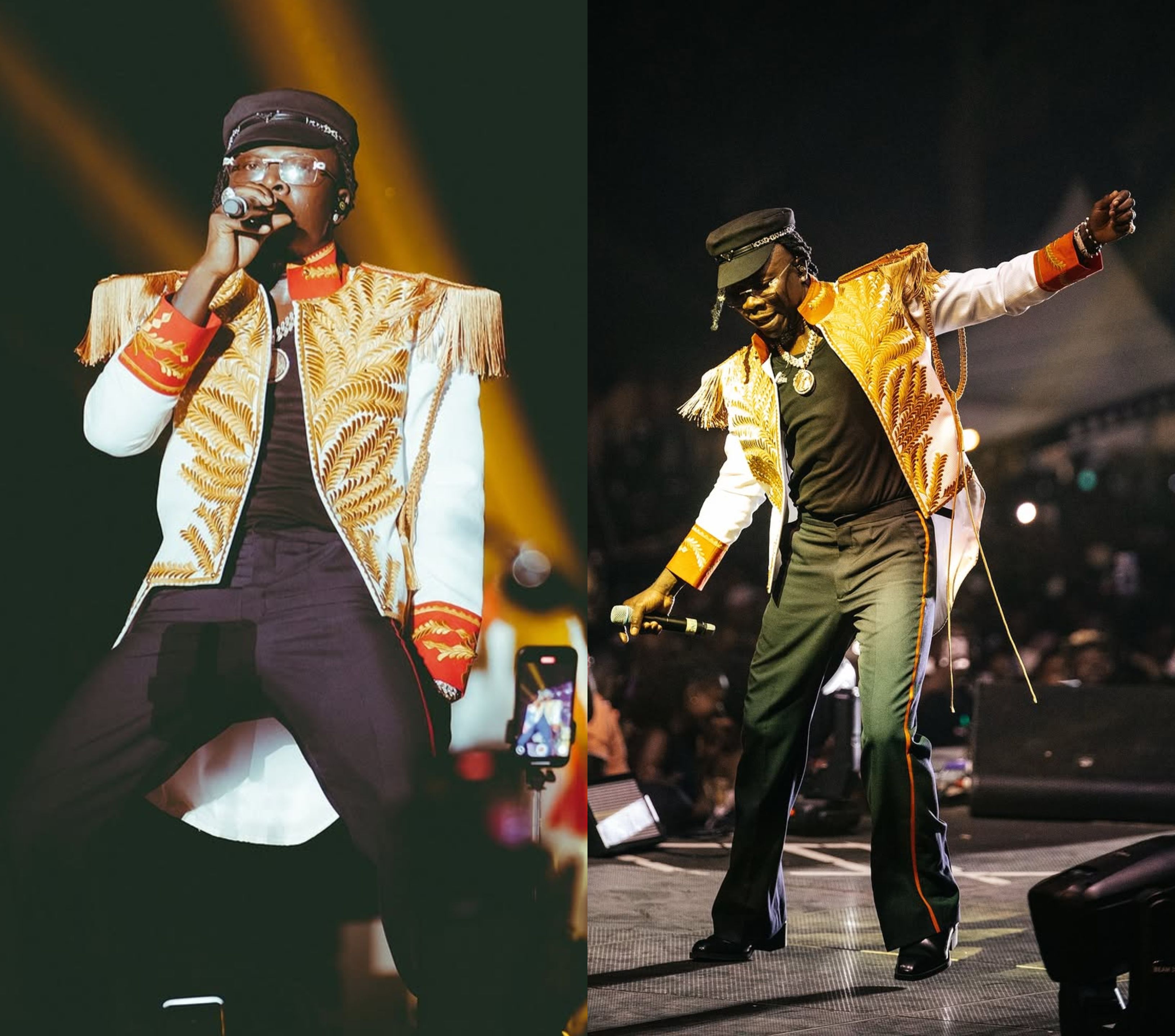
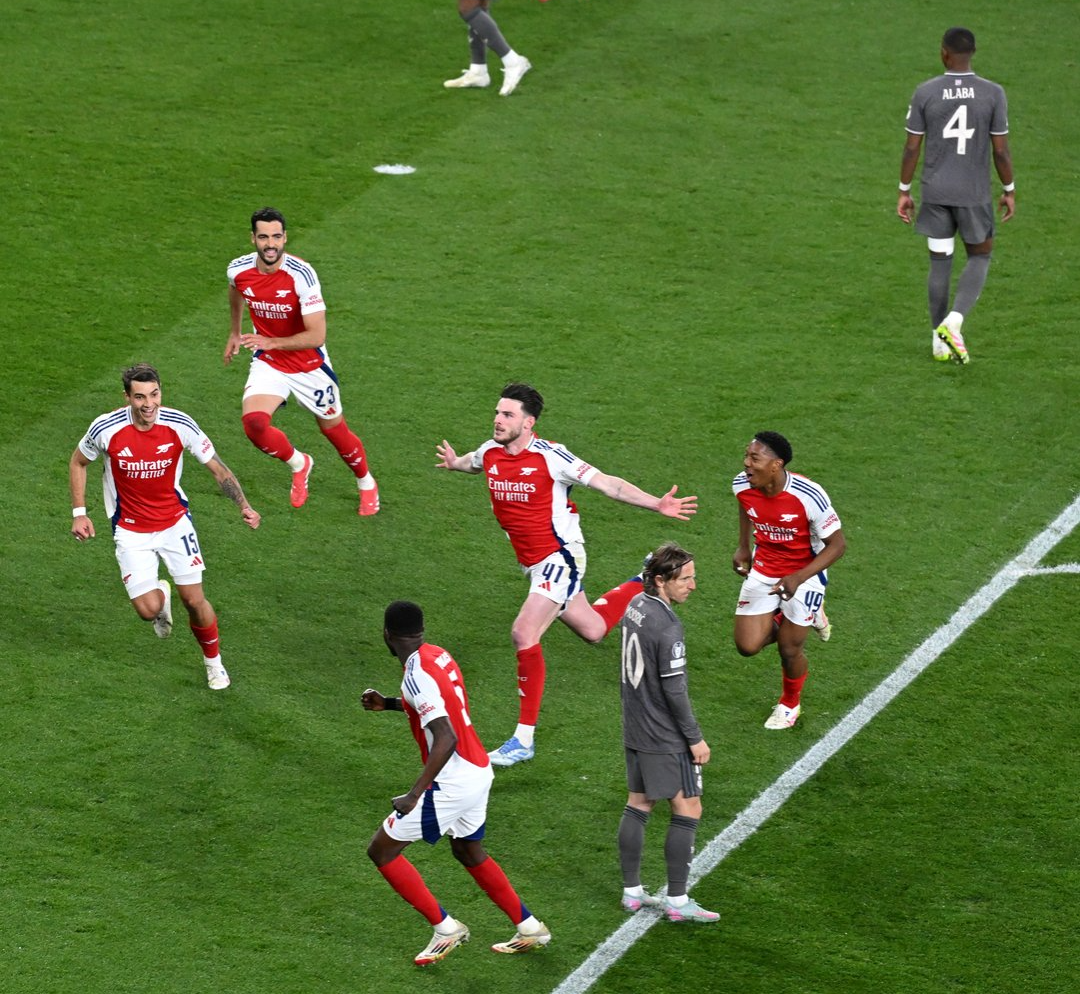
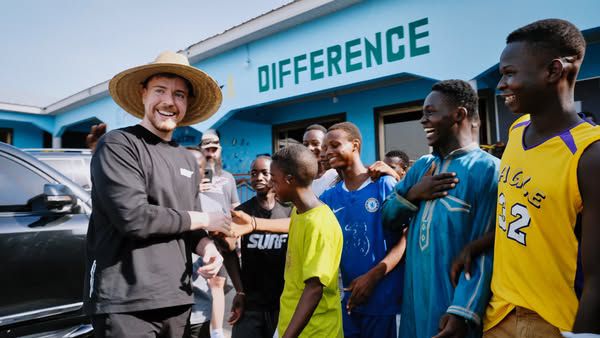

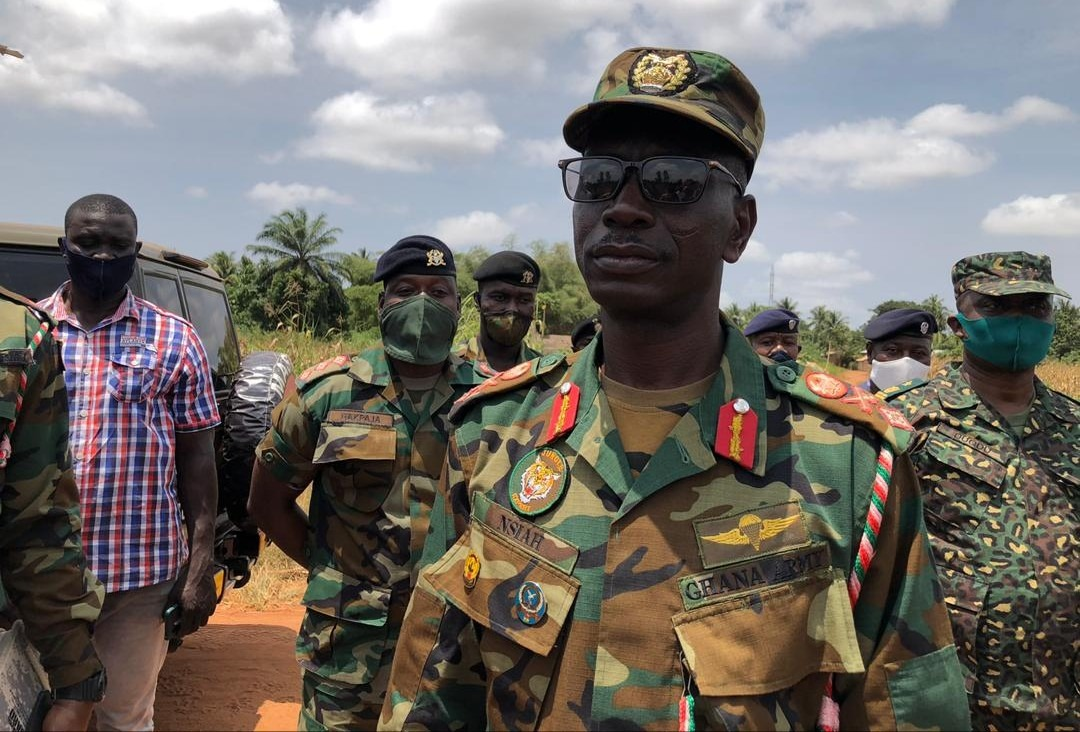
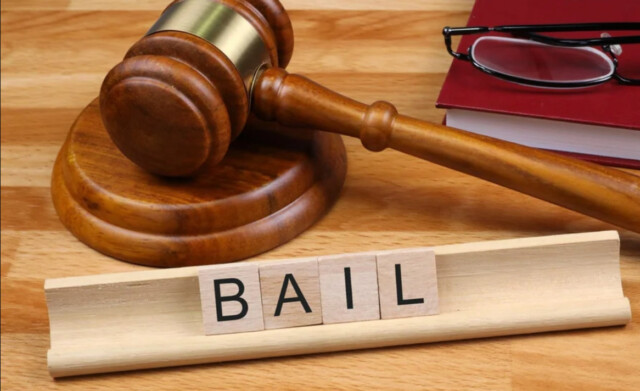
Facebook
Twitter
Pinterest
Instagram
Google+
YouTube
LinkedIn
RSS